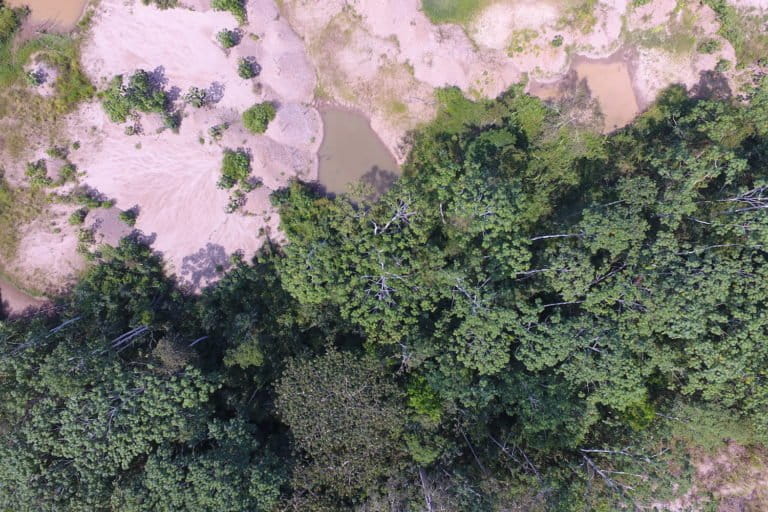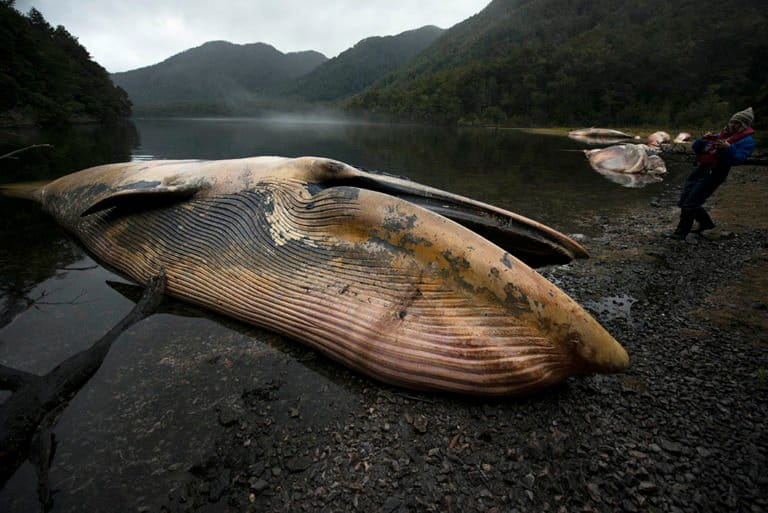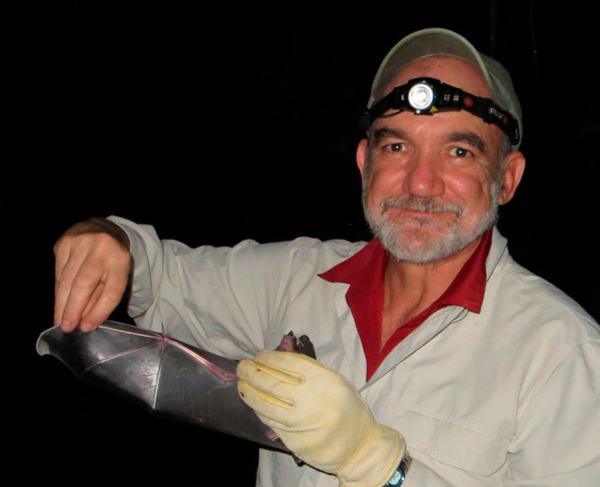Recent top stories from our Spanish-language service, Mongabay-Latam, revealed Peruvians’ hidden shark diet, new species in Colombia’s Chiribiquete National Park, dire predictions from Mexico’s “Batman,” and more.
Peruvians are eating shark and don’t know it
Three out of four Peruvians recently surveyed were found to have eaten shark meat without knowing it. The problem stems from the generic labeling of fish meat at fishing ports and markets. Between 2006 to 2015, an average of 8,000 tons of shark was caught each year; 98 percent were of just six species. While shark consumption is not banned in Peru, overfishing threatens some of these species.

19 new bird species listed in Colombia’s Chiribiquete National Park
A biogeographic point at the intersection of four regions — the Amazon, the Guiana Shield, the Orinoco and the Andes — Colombia’s Chiribiquete is just starting to reveal its secrets. In three expeditions between 2015 and 2017, researchers registered 177 bird species, including 19 new listings, bringing the park’s total so far to 374 bird species.

Drones identify where to reforest on Peruvian mining sites
A reforestation project in the Peruvian Amazon is using drones to identify which areas degraded by mining might come back to life. In Madre de Dios in the province of Tambopata, the Center for Amazonian Scientific Innovation (CINCIA) is developing experimental fields in areas where mining has destroyed the tree cover. Drones are used to create more precise plans for how, where and when to initiate reforestation.

Vreni Häussermann’s terrible discovery
In 2015, 337 whales were found dead in the fjords of the Tres Montes Gulf in Chile’s Patagonia region. Investigations pointed to an explosion of red tide associated with water pollution and climate change as the cause. Three years on, the researcher who found the whales, Vreni Häussermann, director of the Huinay Scientific Center, spoke with Mongabay Latam about the experience of the discovery, the circumstances around it, and the scientific explanations for the whale deaths.

Ecuador’s Cofán communities await historic FPIC ruling
The Cofán people of Ecuador’s Sucumbios region are waiting for what would be a historic ruling if a court upholds the suspension of 52 mining concessions on their territory for violation of their right to free, prior and informed consent. Given their concern about the use of mercury in the Aguarico, Cofanes and Chingual rivers, on which more than 90,000 people depend, the communities went to court in January.

Mexico’s ‘Batman’ calls worms the protein of the future
Rodrigo Medellín, nicknamed the “Batman of Mexico” by Sir David Attenborough when he won the Whitley Awards in 2012, believes that life on Earth is going to change so drastically in 20 to 50 years that grasshoppers and worms will be our most important source of protein. A lifelong conservationist best known for his work on bats, Medellín spoke on a wide range of topics in this interview with Mongabay Latam.

Read these stories in their entirety in Spanish here at Mongabay Latam.
Banner image of an huemul (Hippocamelus bisulcus), or south Andean deer, an endangered species native to the Chilean Andes, where its image adorns the country’s coat of arms. Photo by Diego Canut
